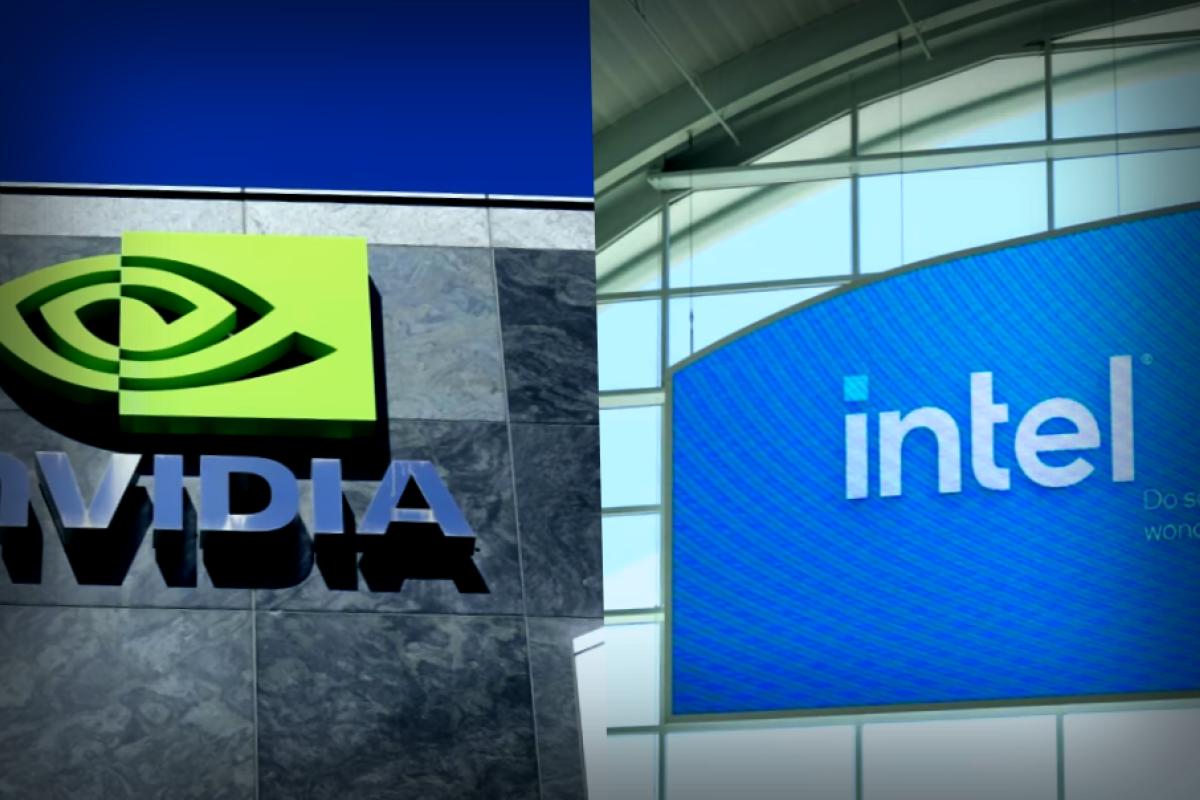Nvidia Leads the Charge in AI Development
This week, Nvidia Corporation made headlines with its announced $100 billion investment in OpenAI, aiming to build data centers fueled by its AI technology. However, it’s their $5 billion investment in Intel Corp. that’s really stealing the spotlight and sending shockwaves through Silicon Valley. This amount, equivalent to about 4% of the struggling chip giant, goes far beyond merely making money; it’s a crucial lifeline for Intel and a decidedly strategic move by Nvidia.
Believers in the Nasdaq market might recall a similar moment back in 1997 when Microsoft dropped $150 million into a beleaguered Apple. This moment became pivotal, rescuing Apple from the brink and rejuvenating the personal-computer sector. Likewise, Nvidia’s bet on Intel instantly reshapes the competition in the semiconductor landscape. In a single gesture, Nvidia is making it clear: they’re at the forefront of controlling AI’s future.
Timing is Everything
The U.S. Gears Up for an Intel Boost
Nvidia and Intel have perfectly timed this partnership amidst escalating supply issues with China’s trade restrictions on Nvidia chips. This partnership not only strengthens both firms amid global pressures but also helps echo each other’s ambitions in AI. Nvidia will benefit from improved manufacturing options and a decrease in reliance on overseas fabrication, while Intel can harness early resources needed for reviving its production capabilities.
I’ve been saying for a while now—once the U.S. government puts its weight behind Intel, it’s lights out for competition. This public and private backing spells success. Remember, with the U.S. recently acquiring a 10% stake in Intel, and now Nvidia’s backing, Intel truly stands as the anchor for America’s chip resurgence. If there’s a lesson here, it’s about the crucial need for a leading chip manufacturer based in the U.S. to keep our economy secure.
No Handouts: A Matter of National Security
This isn’t just another case of corporate welfare; it’s about something far more vital: national security. Our nation’s reliance on Taiwanese manufacturers places us at significant risk. Creating manufacturing capabilities from scratch is not a quick fix—this could take a staggering 10 to 20 years to establish, putting the U.S. at a disadvantage in today’s competitive tech environment.
Intel’s struggles led to much frustration, especially considering it had all the conditions stacked in its favor. For a moment, under President Trump’s attention and suggestions, many felt optimistic, but it had to dodge some serious PR hurdles first. The narrative flipped rapidly with increasing tensions against China, strong moves for reshoring industries, government funding flowing in, and rising demand for domestic chip output. All signs pointed to a structured plan in alignment with the Trump administration’s goals for AI and manufacturing.
A Shift in Strategy for Fabless Companies
Initially, the collaboration between Nvidia and Intel establishes a framework for product development but also suggests a bigger shift in the semiconductor sector. This may prompt U.S.-based fabless companies to rethink their dependencies on TSMC, the Taiwanese fabrication giant, reducing its disproportionate influence. I foresee Intel’s foundry adapting to handle new product packaging, giving it some well-needed credibility and technical expertise in the process.
The partnership naturally leads to new considerations regarding Nvidia’s competitor landscape. The entry of Arm Holdings PLC into the AI chip market complicates the dynamics further, determining winners between Intel and AMD. AMD has recently surged in market interest with its data center CPUs crucial for AI function, yet Nvidia teaming up with Intel could create new obstacles for AMD.
Impact on the Semiconductor Ecosystem
New Alliances Are Key in Tech Competitiveness
The effects are widespread, extending beyond Nvidia and Intel. Their union sets off a chain reaction that forces other companies in the semiconductor industry to reevaluate their strategic alliances. It’s clear now: controlling technology and innovative capacities are integral to national interests and economic health.
No single nation can solely secure tech supremacy. Collaborations are swiftly becoming critical drivers in the evolving tech competition.
Nvidia’s stake in Intel isn’t just a number; it signals renewed faith in Intel’s capabilities that could could transform it into a reliable foundry alternative. For smart investors spotting the shift towards localized semiconductor manufacturing, this partnership provides a chance to contribute to America’s tech independence revival.
Finally, it seems the universe has lined up favorably for Intel—with both governmental and industry confidence behind it. The real question now is whether Intel’s leadership can seize this moment to re-establish itself as a titan in the American semiconductor scene.
By Daniel Newman, CEO of Futurum Group. Follow him on X @danielnewmanUV.




















